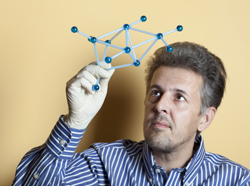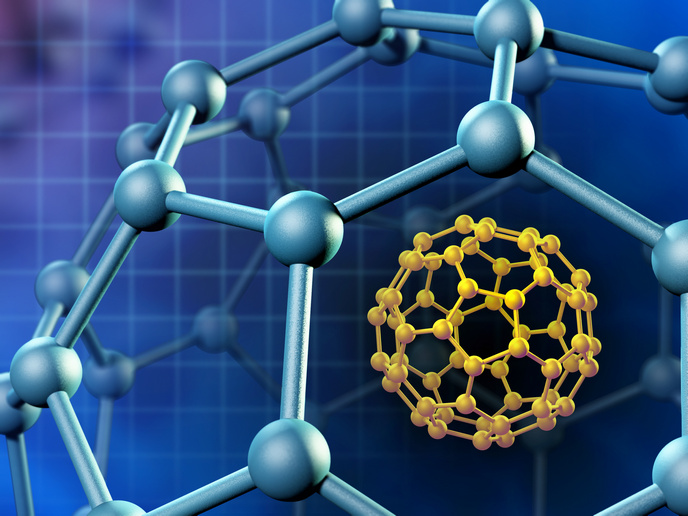Versatile imaging technology for molecular structure
The simplest model of an atom includes a nucleus of protons and neutrons around which electrons orbit. Photoelectrons are electrons emitted from the atoms and molecules in a sample when ionised by energy in the form of incident photons. Kinetic energy (energy associated with motion) and the angular distribution of emitted electrons are highly sensitive indicators of the electronic structure and symmetry of atoms and molecules in a sample. Thus, photoemission investigative techniques are important in characterising samples. European scientists sought to develop advanced technology and techniques for imaging gaseous samples of biological interest using purines and pyrimidines, the building blocks of nucleic acids, as a case study. With EU funding of the ‘Photoelectron imaging and spectroscopy of biomolecules using VUV light’ (Imagingelectrons) project, researchers developed a versatile detector in combination with a novel vacuum ultraviolet (VUV) light source. The source covers a large range of radiation frequencies and wavelengths that permits a number of targets to be investigated simultaneously. The photoelectron imaging apparatus has been used in experiments combining visible and VUV light, enabling the study of single-photon ionisation of rare-gas atoms and small molecules in greater depth than previously possible. Numerous adaptations and novel methods have been inspired by the results of Imagingelectrons’ initial experiments. Use of the instrument and analysis routines to study biological molecules resulted in the building of a supersonic jet source coupled to the photoelectron instrument with increasingly complex systems being considered for the future. Imagingelectrons scientists also investigated effects of soft X-ray radiation on organic molecules. In addition, the apparatus has been adapted for use with the FERMI free-electron laser (FEL). The Imagingelectrons project resulted in numerous publications in peer-reviewed journals and has advanced the state of the art in photoelectron imaging not only through its own work but through collaborations with others.







